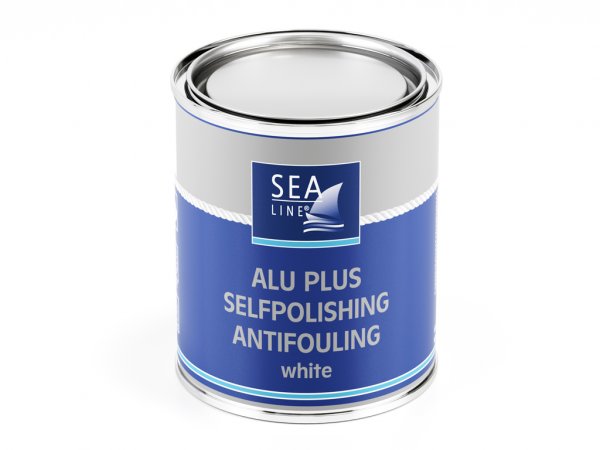
Use biocides safely. Always read the label and product information before use.
| Type | aluminum, GRP laminates, wood, steel | |
| Place | Below waterline | |
| Function | Antifouling paint discourages the growth of barnacles, weed, and | |
| Application | brush, roll, spray gun other water life on the submersed hull of the boat. | |
| Thinning** | No recomended | |
| Theoretical coverage For 1l | 11 m2 for 90 μmWFT/ 50 μm DFT | |
| Coats number | 1 – 3 | |
| Pot life 20°C | Min 5 h – max 7 days | |
| Time between layers without sanding | Min 12 h – max 6 months | |
| Pack | 0,750 l | 2,5 l |
| Color** | code | code |
| white navy / blue black | 5859 8026 8029 | 5861 8027 8030 |
In the case of high temperatures and the need to thin the antifouling paint, a maximum dilution of 0-5% (by volume) is recommended.
Dilution and the application method directly affect the thickness of the antifouling paint layer.
Special attention should be paid to obtaining a specific coating thickness (100 μm DTF), which ensures the effective operation of the antifouling paint.
Exposure of a freshly applied antifouling paint to moist air can lead to color change. The discoloration is only superficial and does not affect the effectiveness of the antifouling paint.
Product removed from offer 1 March 2022.
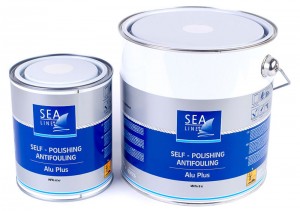
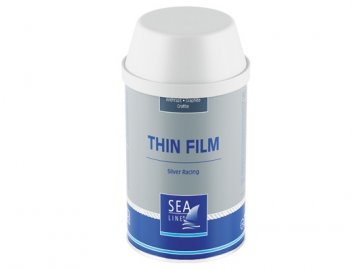
THIN FILM Silver Racing is a hard antifouling paint, effectively preventing fouling organism: aquatic plants and animals or slime. Ideal […]
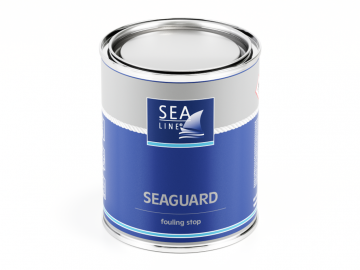
Fouling Stop SEAGUARD – a new anti-fouling paint for hulls. SEAGUARD does not contain active ingredients, i.e. toxic biocides. The bottom […]
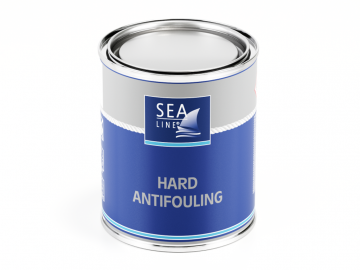
HARD ANTIFOULING paint: Suitable for salty and regular water. Suitable for sailing and motor boats traveling with a maximum speed […]
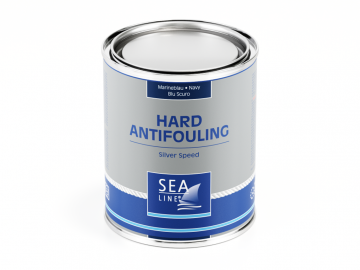
Silver Speed HARD Antifouling is a hard antifouling paint, effectively preventing fouling organism: aquatic plants and animals or slime. Ideal […]
We recommend to always sand the surface between applying two different products to ensure uniform surface roughness and adhesion of subsequent layers. The sanded surface should also be cleaned and degreased.
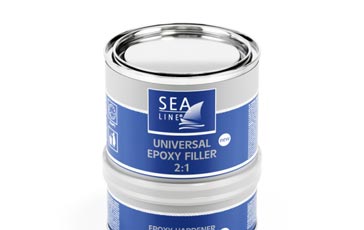
Refilling and to tackle inequalities caused by damage to or during the course of production
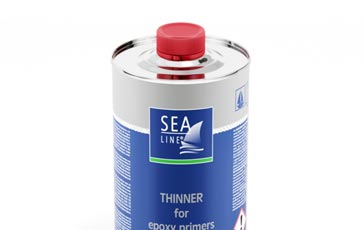
Protects boat surfaces from the effects of destructive activities osmosis and corrosion
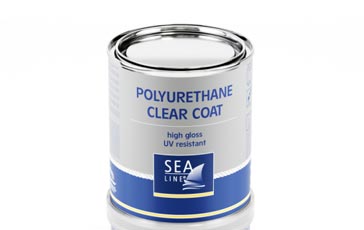
Provide an aesthetic and a perfect look of the boat also protective against water and UV radiation
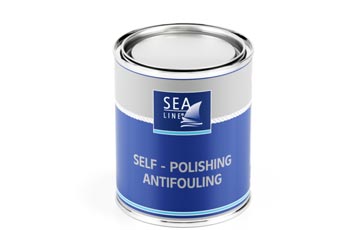
Protect the hull from fouling with algae and shells
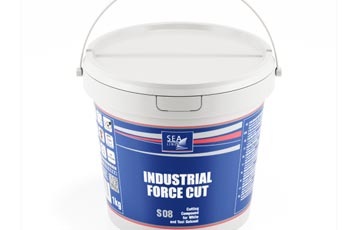
Effectively remove scratches, refresh the color of gelcoat or paint, fast shine effect
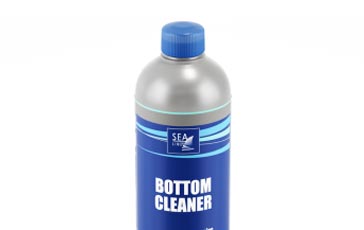
Special preparations for effective cleaning and refinishing
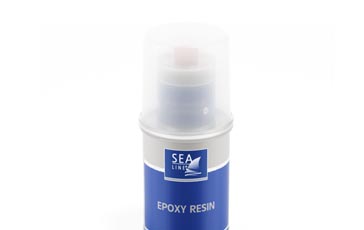
Laminating, gluing and filling in cracks in gelcoat
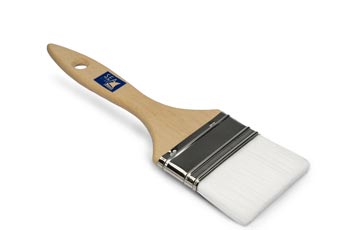
Range of products useful in the boat builder work